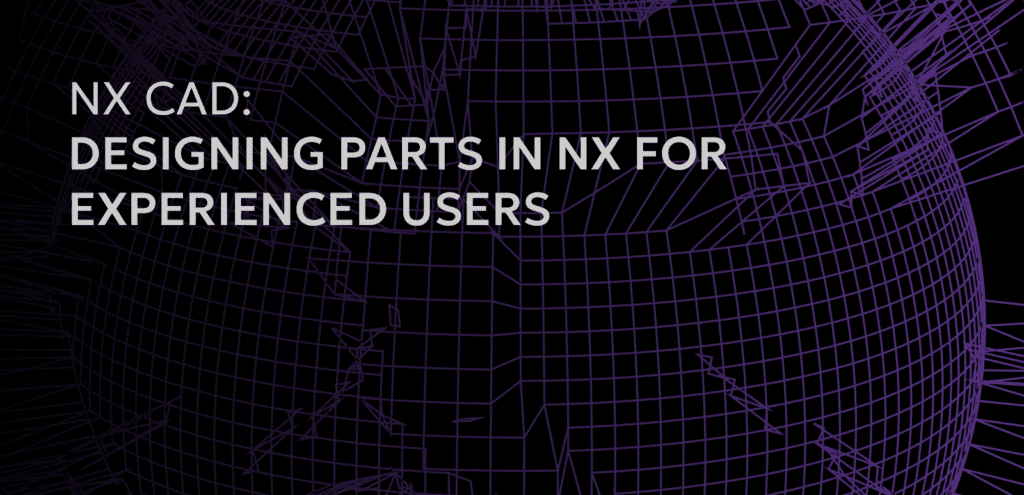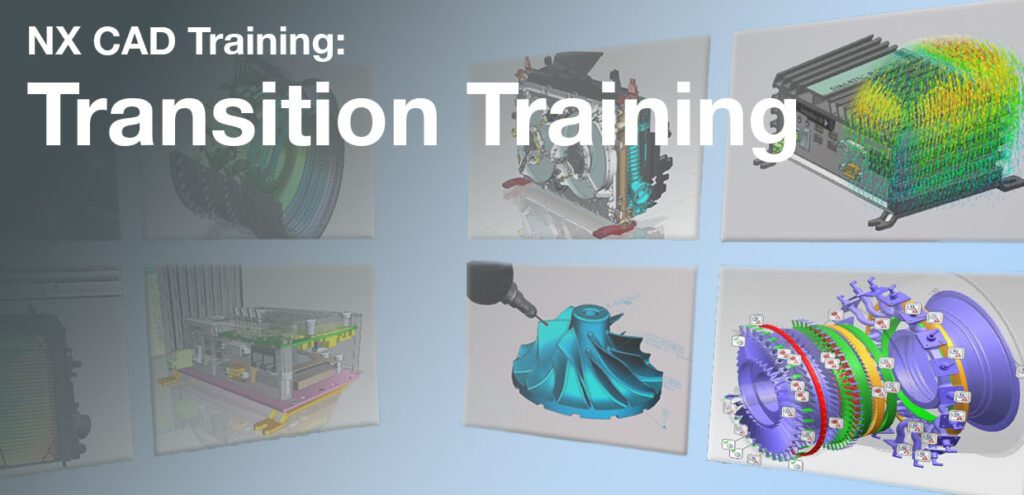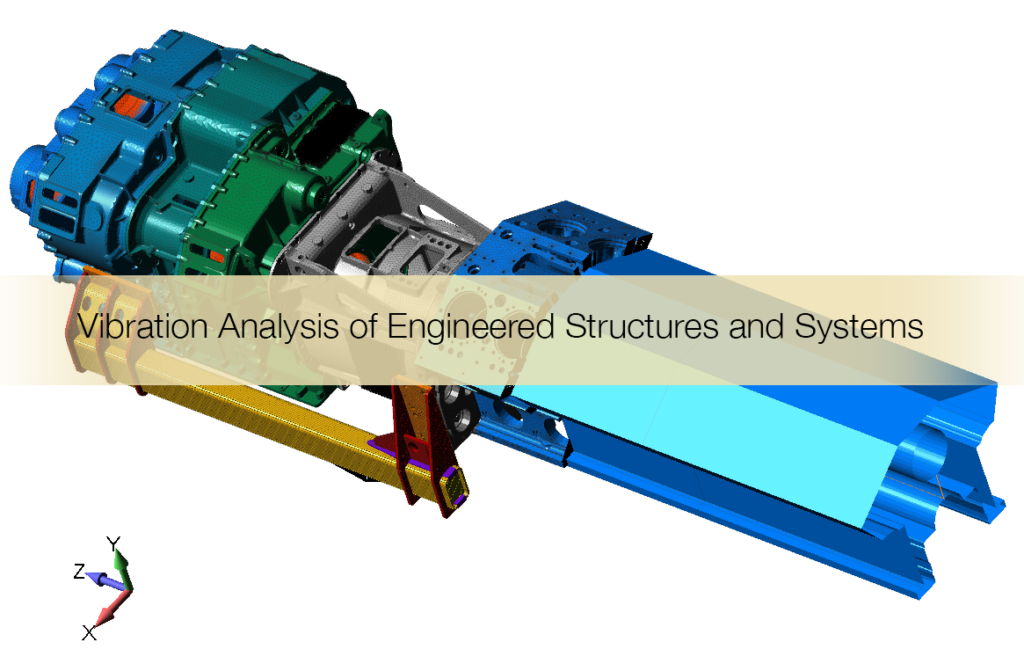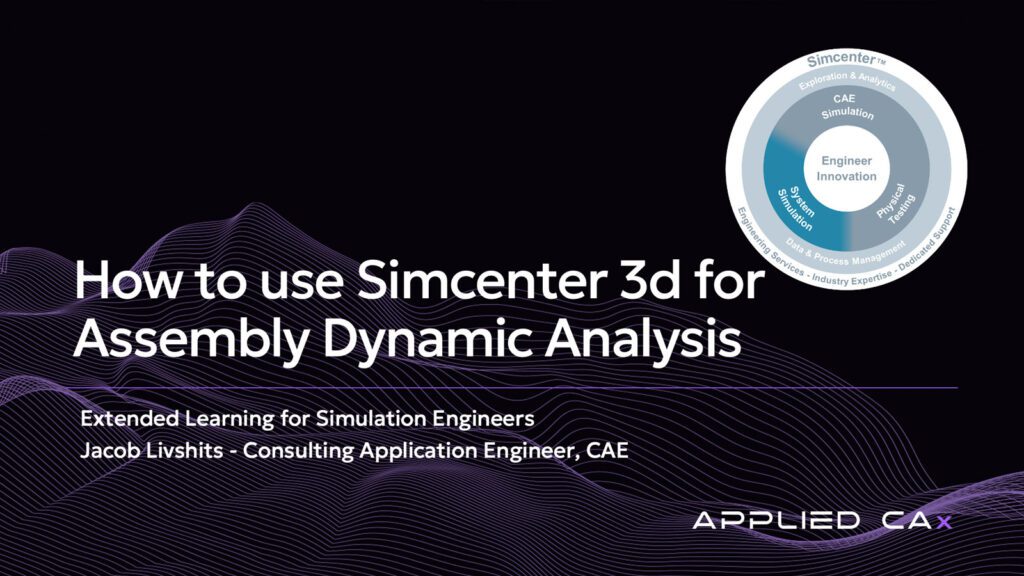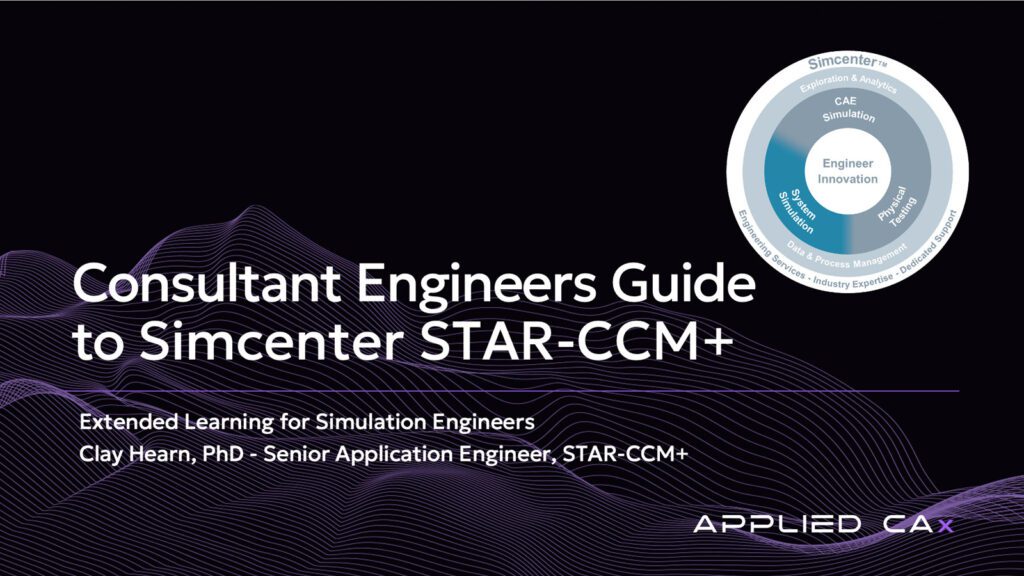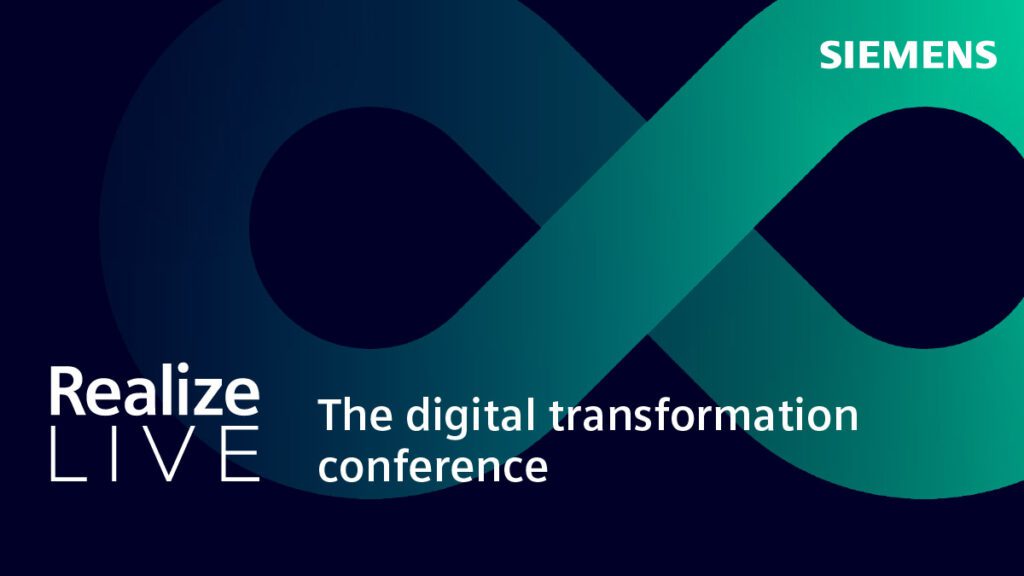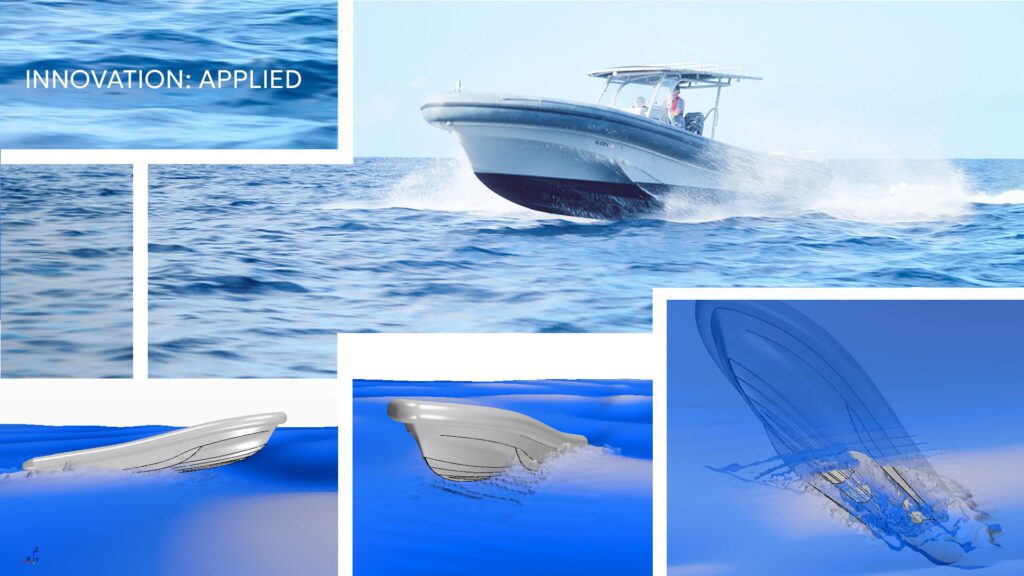Is your company using PMI/MBD? Do your internal personnel have the ability to visualize 3D data?
Purchasing personnel must be able to see what kind of part to order and properly source from the appropriate vendor.
Manufacturing also needs to visualize this data to enable them to assemble and test components. Managers can view 3D data to approve or provide feedback to engineering for ongoing design efforts.
The use of viewers to visualize 3D PMI/MBD data are many. Some are freely available but may have limited capabilities. Others are expensive but may not deliver all of what you want.
This video tutorial covers some of the tools needed to equip your team with what they need to visualize and interrogate engineering data without an expensive engineering CAD package.
It’s time to get your supply chain to buy into Advanced Manufacturing and Product Manufacturing Information (PMI).
The paperless workspace has been hype for decades, but recent government contract mandates are pushing it to the forefront. How you support your suppliers will determine if your initiative is successful.
How does PMI fit with your company’s Advanced Manufacturing initiatives?
Advanced Manufacturing is a family of activities that depends on the use and coordination of information, automation, computation, software, sensing, and networking. Products and processes are often innovative, made from advanced materials and components, and produced on technology-driven equipment and processes. This involves both new ways to manufacture existing products, and especially the manufacture of new products emerging from new advanced technologies.
Paramount to Advanced Manufacturing is a highly skilled workforce operating in lean and continuous improvement cultures. The goal of Advanced Manufacturing companies is to continue to strive to be the “best-in-class,” focused on high performance, with constant awareness of customer expectations.
Product Manufacturing Information (PMI) embeds information about how to manufacture, analyze, inspect or install a product directly into the 3D CAD model, conveying non-geometric attributes. PMI can include geometric dimensions and tolerances or GD&T, Surface Finish, Material Specifications, Weld Information, and more.
By associating PMI with a “living” part, information is re-used throughout the product lifecycle. In addition, since PMI complies with industry standards for 3D product definition, product teams now have the ability to use 3D models as a sanctioned method for fully documenting product and manufacturing information.
PMI is the same as Model Based Definition (MBD), and when you start using PMI/MBD your enterprise is on the path to becoming a MBE. With MBD training, when you can train your internal people about the new MBD approach and once your internal approach is up to speed, then you reach out to your supply chain.
Steps to a successful PMI venture:
PMI requires the ability to manage large quantities of manufacturing data, design knowledge, and data management.
- Start small – PMI > Drafting
- Whether you have a separate drafting/documentation department or your engineering & design teams are performing their own drafting, get your teams up to speed with PMI. Start putting PMI on the 3D model to be consumed into 2D drafting. This allows your teams to build PMI workflows into their design practices and allow PMI to be inherited into 2D drafting. This will increase PMI/MBD knowledge in your design teams while maintaining the same look and feel of your output communications with your supply chain.
- Reduced Dimension Drawings
- Move from the “Drawing as Master” to the “Model as Master” by using reduced dimension drawings. Figure out the minimum needed to have the parts or assemblies manufactured, typically GD&T, Datum Reference Frames & tolerances.
- Pilot Programs with Vendors
- Work with and train your supply chain on how to use, consume and provide feedback on the dataset provided. Whether JT, STEP, 3D PDF or other types of datasets, your supply chain will have questions on this new data. Set up a point of contact or specialized group in your company to assist your supply chain.
What is a Model Based Enterprise? Visualizing 3D PMI/MBE Data.
MBE implementation offers many benefits:
- Streamlining the design/build process
- Decrease lead-time to manufacture
- Increased trust in the 3D Model as the Master
- Reduce number and complexity of engineering changes
- Improving the first-time quality of product design
- Reduction in overall program costs
What do you need to do before diving in?
- Define Advanced Manufacturing for your company
- Develop a framework for moving forward
- Evaluate the Model Based Enterprise for your company
- Determine current architecture and infrastructure for support of MBE & Advanced Manufacturing.
- Leverage current tools for new processes, Teamcenter Visualization
- Define Supplier Integration Framework
- PMI/MBD Data Interchange with Suppliers
- Evaluate your Standards
- ASME Y14.41 – 3D Digital Product Definition
- ISO 16792 – Digital Product Definition Data Practices

